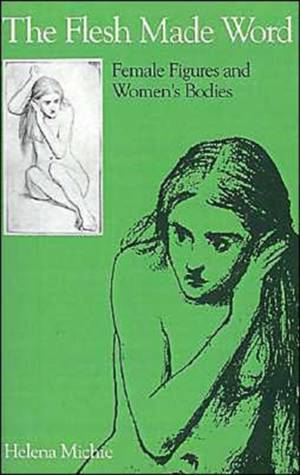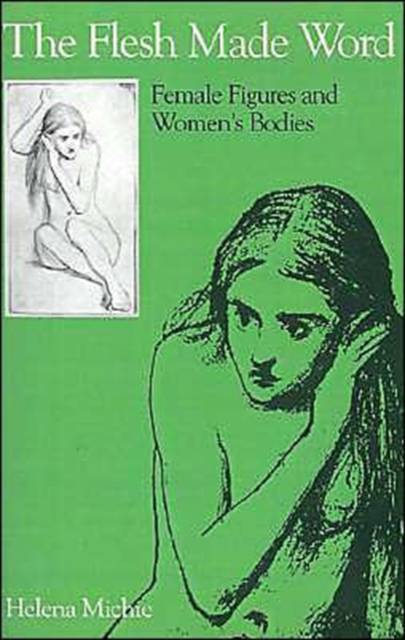
- Afhalen na 1 uur in een winkel met voorraad
- Gratis thuislevering in België vanaf € 30
- Ruim aanbod met 7 miljoen producten
- Afhalen na 1 uur in een winkel met voorraad
- Gratis thuislevering in België vanaf € 30
- Ruim aanbod met 7 miljoen producten
Zoeken
€ 127,45
+ 254 punten
Omschrijving
Helena Michie's provocative new work looks at how women's bodies are portrayed in a variety of Victorian literary and non-literary genres--from painting, poems, and novels, to etiquette, books, sex manuals, and pornography. After identifying a series of codes and taboos that govern the depiction of women in such activities as eating and working, she then turns to the physical descriptions of Victorian heroines, focusing on those parts of their bodies that are erased, and on those that become fetishized in conventional description. Her vivid analysis moves forward in time with a consideration of 20th-century "second wave" feminism and a discussion of the poetics of the body as articulated by feminist writers on both sides of the Atlantic. Making use of feminist, poststructuralist, and psychoanalytic accounts of the figure of woman, and the relation of the body to the text, The Flesh Made Word offers fresh readings of works by writers as diverse as the Brontës, Dickens, Eliot, Gaskell, Trollope, Hardy, Adrienne Rich, Olga Broumas, Audre Lorde, and Louise Gluck.
Specificaties
Betrokkenen
- Auteur(s):
- Uitgeverij:
Inhoud
- Aantal bladzijden:
- 192
- Taal:
- Engels
Eigenschappen
- Productcode (EAN):
- 9780195060812
- Verschijningsdatum:
- 15/02/1990
- Uitvoering:
- Paperback
- Formaat:
- Trade paperback (VS)
- Afmetingen:
- 140 mm x 210 mm
- Gewicht:
- 249 g

Alleen bij Standaard Boekhandel
+ 254 punten op je klantenkaart van Standaard Boekhandel
Beoordelingen
We publiceren alleen reviews die voldoen aan de voorwaarden voor reviews. Bekijk onze voorwaarden voor reviews.











